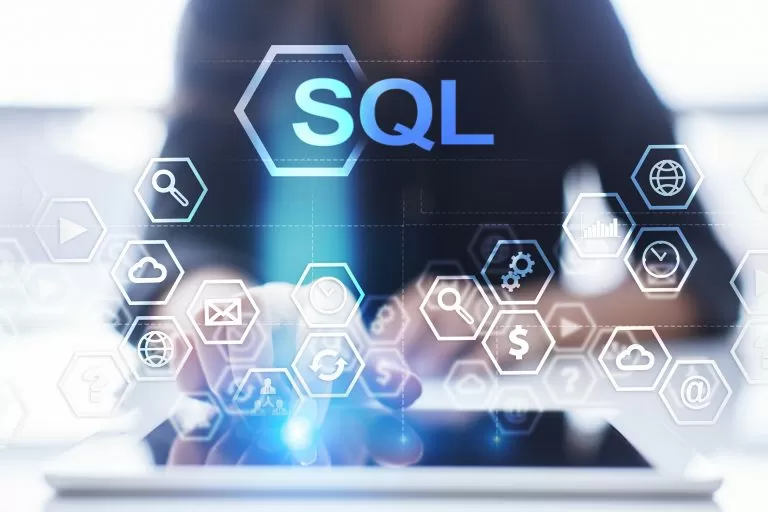Check out our White Paper Series!
A complete library of helpful advice and survival guides for every aspect of system monitoring and control.
1-800-693-0351
Have a specific question? Ask our team of expert engineers and get a specific answer!
Sign up for the next DPS Factory Training!

Whether you're new to our equipment or you've used it for years, DPS factory training is the best way to get more from your monitoring.
Reserve Your Seat Today
The basic purpose of remote monitoring of equipment is to provide companies the ability to know what their expensive, revenue-generating assets are doing at all times. Remote terminal units (RTUs) and other remote monitoring devices are installed near equipment and assets at remote sites. There, RTUs track equipment conditions, environmental conditions, and even site security. When warning indicators are detected, they alert employees, who can prepare an appropriate response.
But the benefits of remote monitoring don't stop there - remote monitoring of equipment also provides advanced functions like:
Advanced remote monitoring of equipment generates ROI by unpacking latent abilities and efficiencies dormant in basic remote monitoring setups. Implementing advanced remote monitoring entails choosing capable equipment, and understanding how best to use its capabilities for data insights, as well as automated and remote actions.
If basic remote monitoring involves installing an RTU to watch over a single important piece of equipment, advanced remote monitoring entails installing RTUs across an entire network. This enables employees in regional or national offices to monitor each piece of equipment at once, from their desks.
Implementing a remote monitoring system improves situational response times and maintenance results while reducing windshield time wasted on rounds or diagnostic visits. Unsurprisingly, it reduces equipment downtime as well.
Implementing network-wide remote monitoring requires a little more than installing RTUs at every remote site. This is because RTUs don't communicate with each other, and instead transmit all their alerts directly to employees, via text, email, or automated dialing.
When more than approximately 10 RTUs have been installed, the volume of data can overwhelm technicians, causing signals to be lost in the noise of status updates and nuisance alarms.
To combat this, companies install master stations to impose order for the network of RTUs. Master stations collect all alerts from RTUs, and can be used to query RTUs for specific information in addition to gaining regular status updates.
Master stations can save status updates and alerts in accessible databases, as well as display them in real-time on central computer screens that employees can monitor. This allows employees to view all current and historical equipment data in the same place, never missing important notifications.
The information gathered and stored by master stations gives companies insight into the specific operations of individual equipment, as well as the general operations of their entire network.
By using powerful search tools like SQL to parse the enormous volume of data collected, employees can zero in on any relevant data fields. Certain master stations can import data from RTUs directly into an existing company database accessible to SQL.
For example, an employee could track the amount of fuel consumed by generators more than 3 years old this January, and compare it to last January's numbers. This can identify individual generators burning more fuel than others. To highlight the problem for their superiors, that employee could turn the data into an easy-to-read graph that can be printed, shared, or displayed in a presentation.
From there, technicians can be dispatched to correct any equipment problems that may have caused this, or discover facility-specific or environmental reasons for the increased fuel use. This helps provide specific targets for maintenance and reduces fuel costs for a region.
Of course, the monitoring solution also prevents any generators from running out of fuel before anyone notices as well.
Knowing fuel consumption rates enables strategic resource allocation, like the smart scheduling of fuel deliveries to reduce or eliminate wasteful overtime.
Certain RTUs can do more than simply report data - they can also interact physically with their surroundings using control relays. RTUs can be programmed to respond automatically to conditions, such as turning on an HVAC system if temperatures drop below safe levels. This helps remove some of the burden of remote management from employees and reduces the amount of trips workers need to take to visit sites for minor issues.
Additionally, RTUs can implement programmed actions when triggered remotely by home office employees. For instance, if a motion sensor is tripped at a remote site and an employee notices an intruder over a video feed, they can tell the RTU to turn on lights or sirens to deter the intruder.
Identifying effective uses for control relays can reduce incidents and accidents on-site, by enabling real-time responses over large distances.
Advanced remote monitoring of equipment improves maintenance, operations, and logistics for companies with large numbers of remote sites. The large volume of data collected can be used to generate valuable insights. These durable solutions increasingly return value over the years as more and more important data is collected and analyzed.
DPS Telecom has many years of experience implementing advanced remote monitoring equipment. Our technicians can work with you to install master stations that interface with your SQL database. Contact us to and get a quote today!
Image courtesy Shutterstock